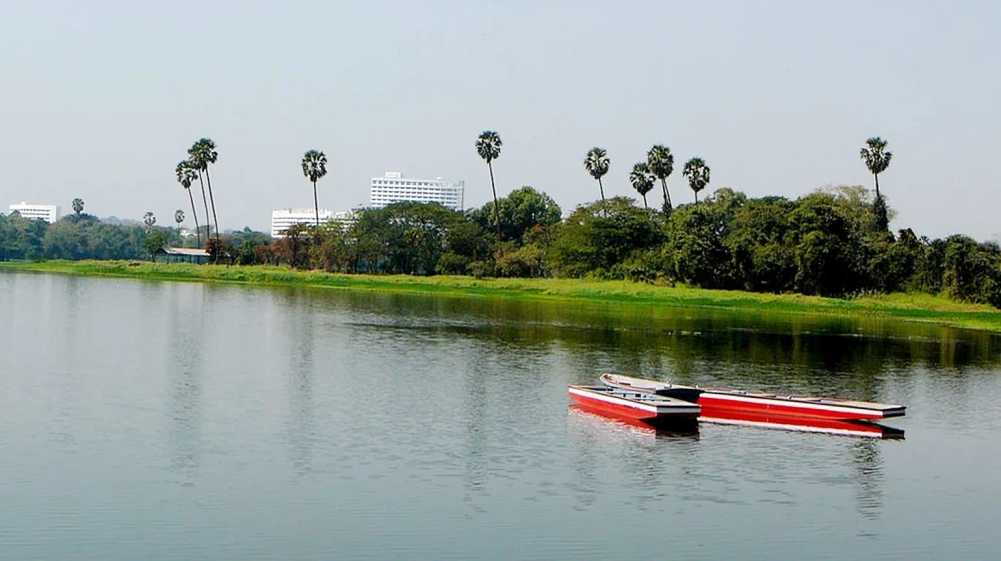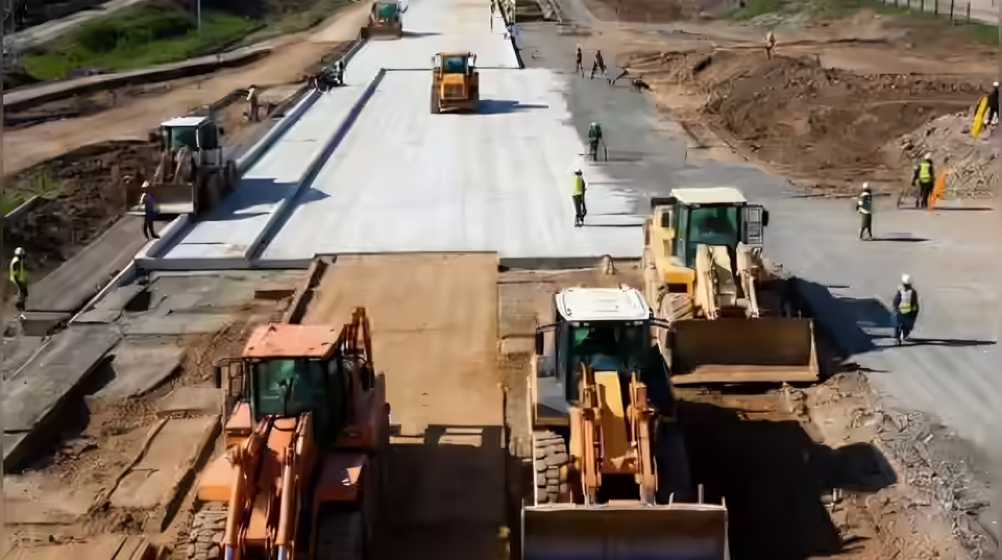India’s ambitious high-speed rail project, the Mumbai-Ahmedabad bullet train corridor, is set to revolutionise inter-city travel across Maharashtra, Gujarat, and Dadra and Nagar Haveli. Spanning 508 kilometres, the route will feature 12 strategically placed stations, including Mumbai’s Bandra Kurla Complex, Thane, Surat, Vadodara, Ahmedabad, and Sabarmati, among others.
While Shinkansen train trials are underway in Japan, a partial stretch of this cutting-edge rail service is expected to commence operations as early as 2026. This initiative represents a significant advancement in India’s infrastructure, promising unprecedented travel speeds and enhanced regional connectivity that will bolster economic growth and social cohesion.
Each station is designed as a multifunctional hub to stimulate local development and improve accessibility for business and leisure travellers alike. The bullet train’s faster and more reliable service is expected to reduce travel times significantly between key urban and industrial centres, easing road congestion and contributing to lower vehicular emissions and improved air quality.
Adopting Japan’s Shinkansen technology, renowned for its safety and efficiency, brings world-class engineering expertise to India and supports the “Make in India” campaign by fostering local manufacturing and job creation. The phased completion plan will allow early operational segments to serve as proof of concept, enabling adjustments and smoother integration of the entire corridor.
Ultimately, the Mumbai-Ahmedabad bullet train is more than a transport project; it is a catalyst for sustainable regional transformation. By promoting energy-efficient travel, reducing carbon emissions, and fostering economic revitalisation, the project is set to enhance the quality of life and economic dynamics across one of India’s most vital economic corridors, signalling a new era of connectivity and progress.
Source: Urban Acres





